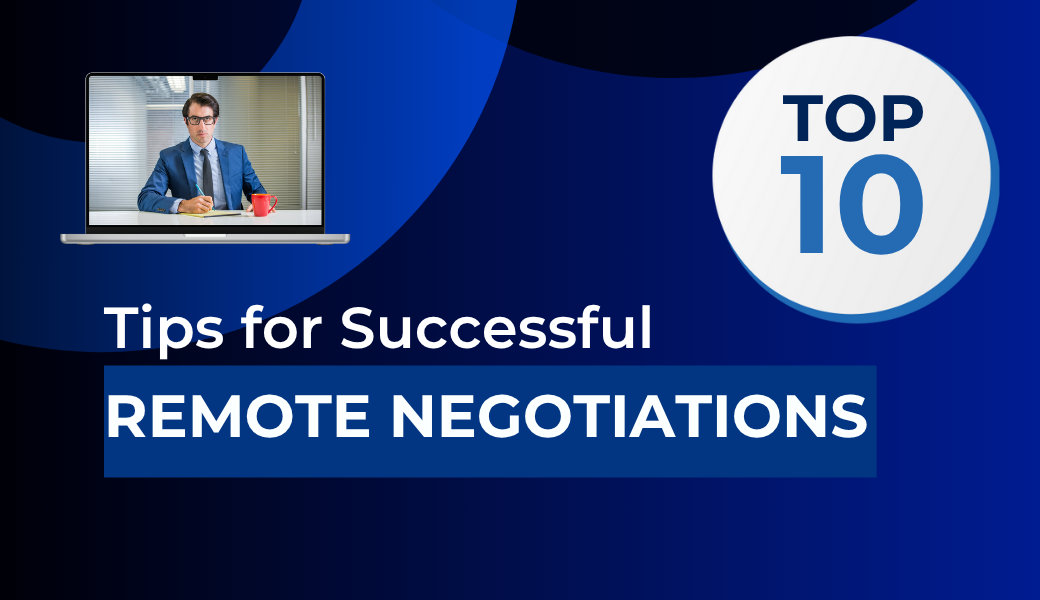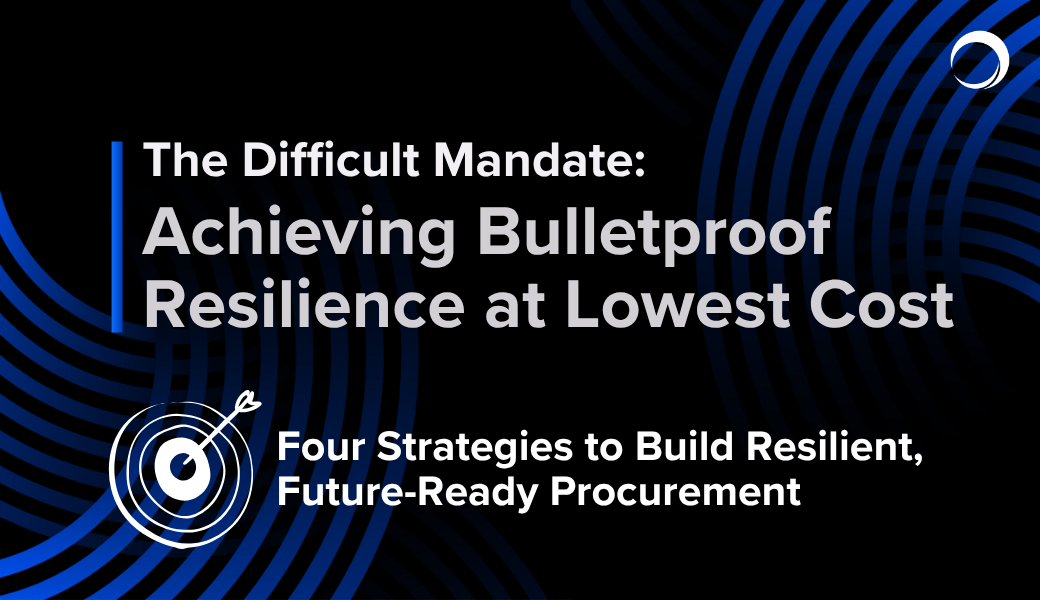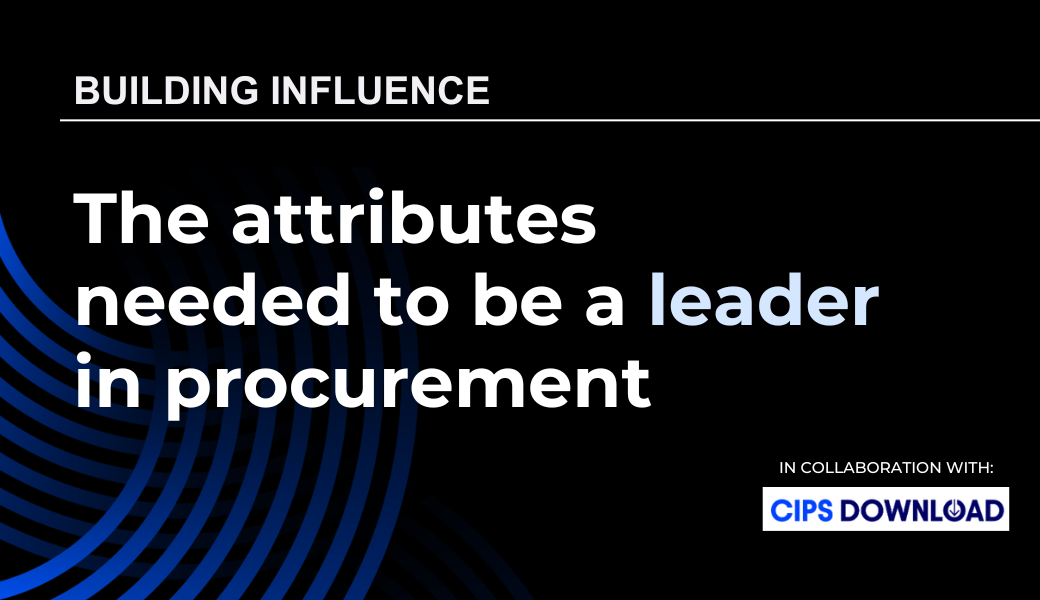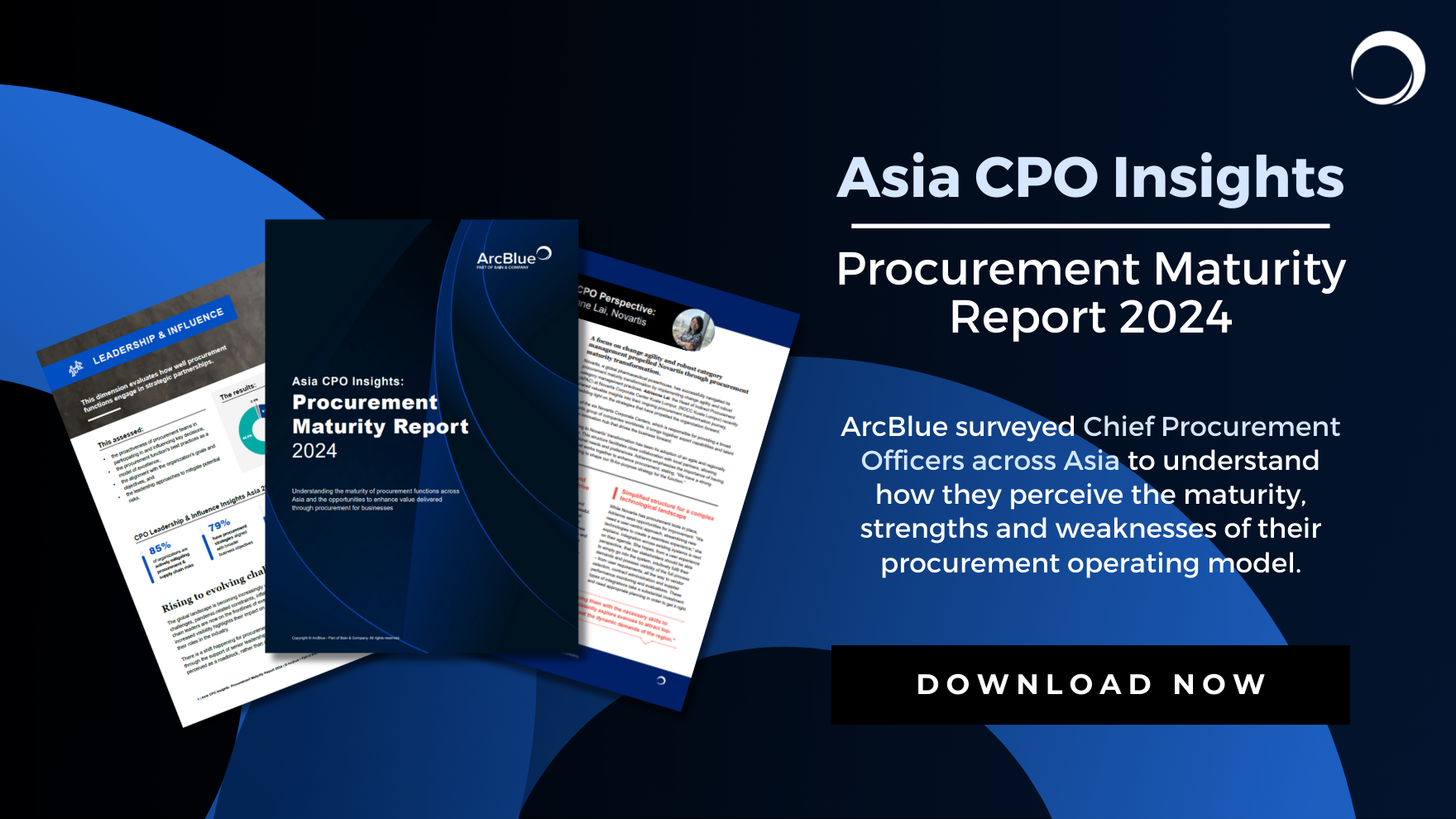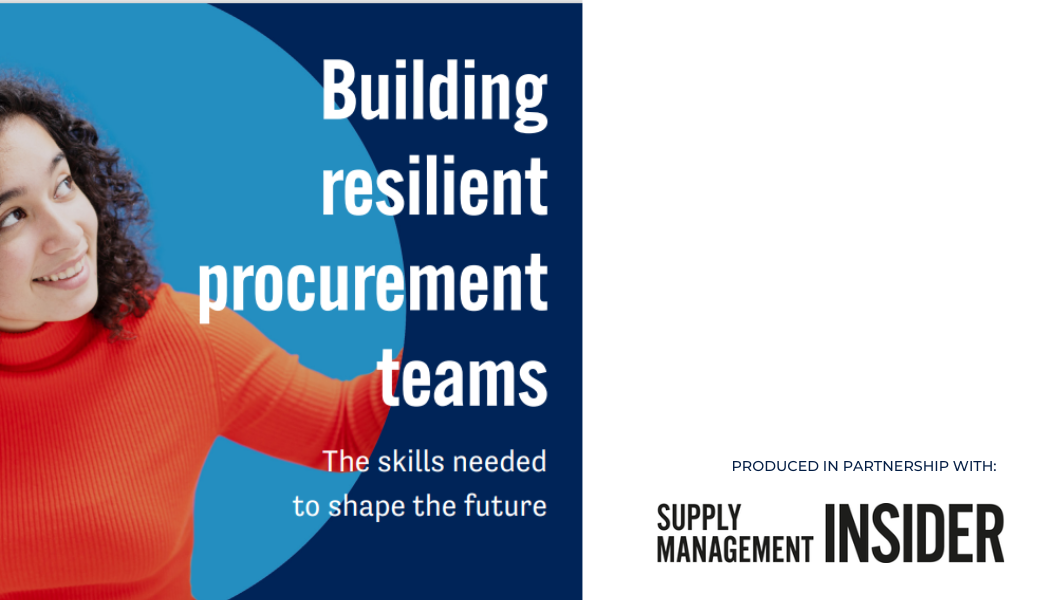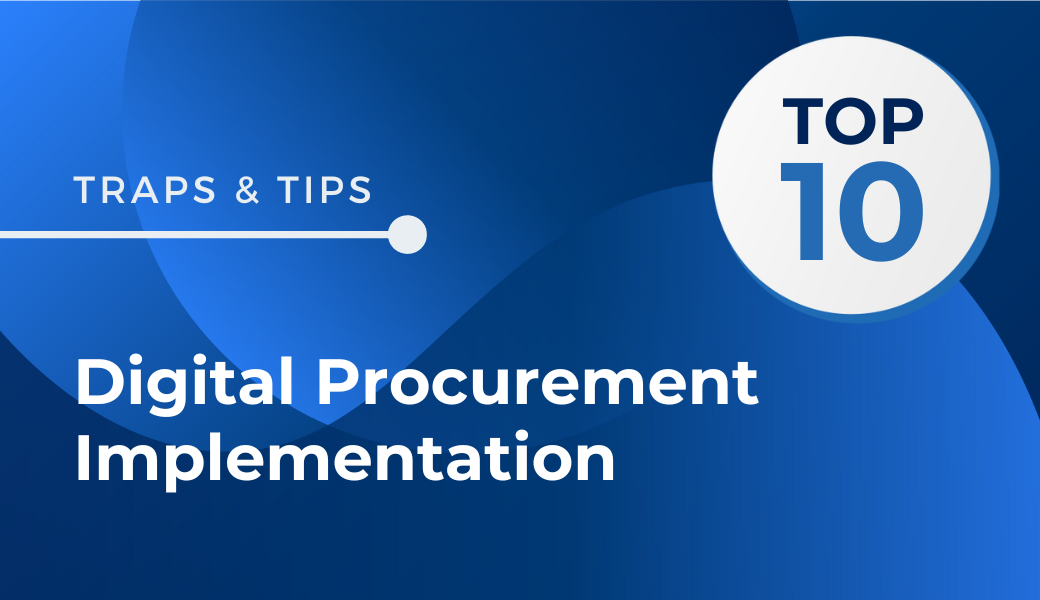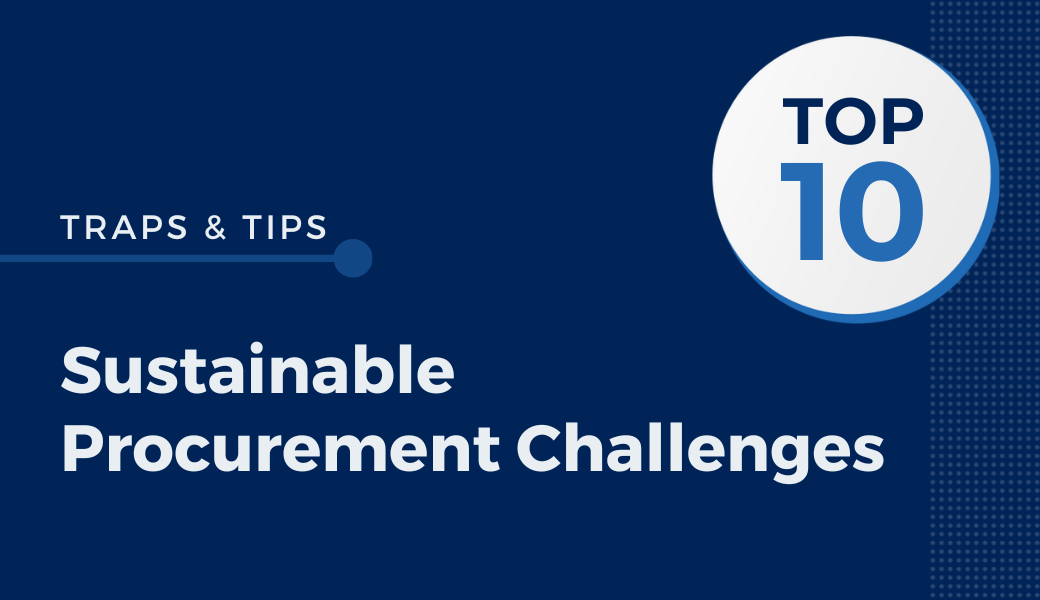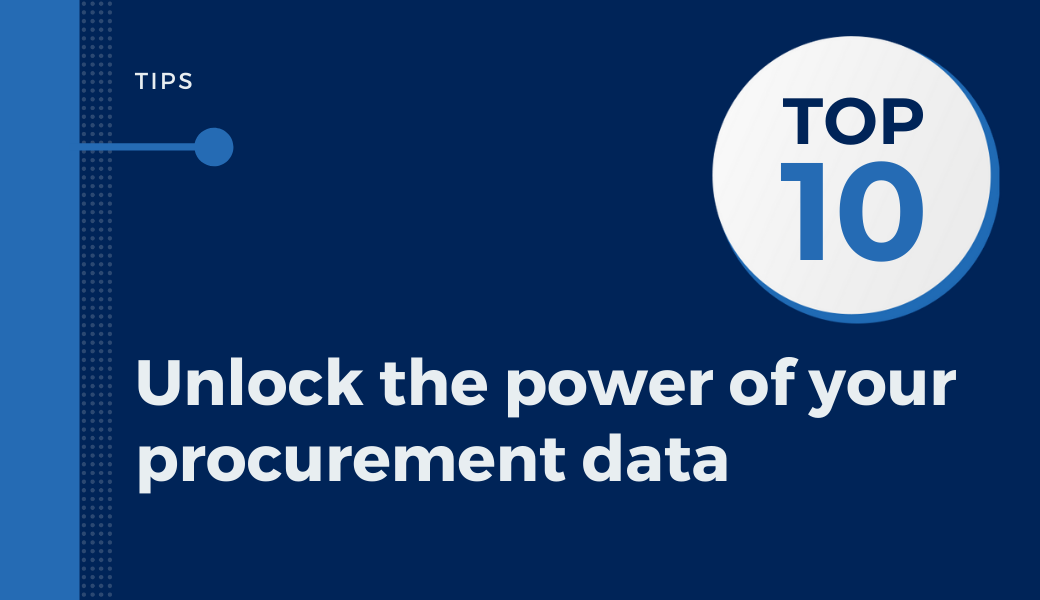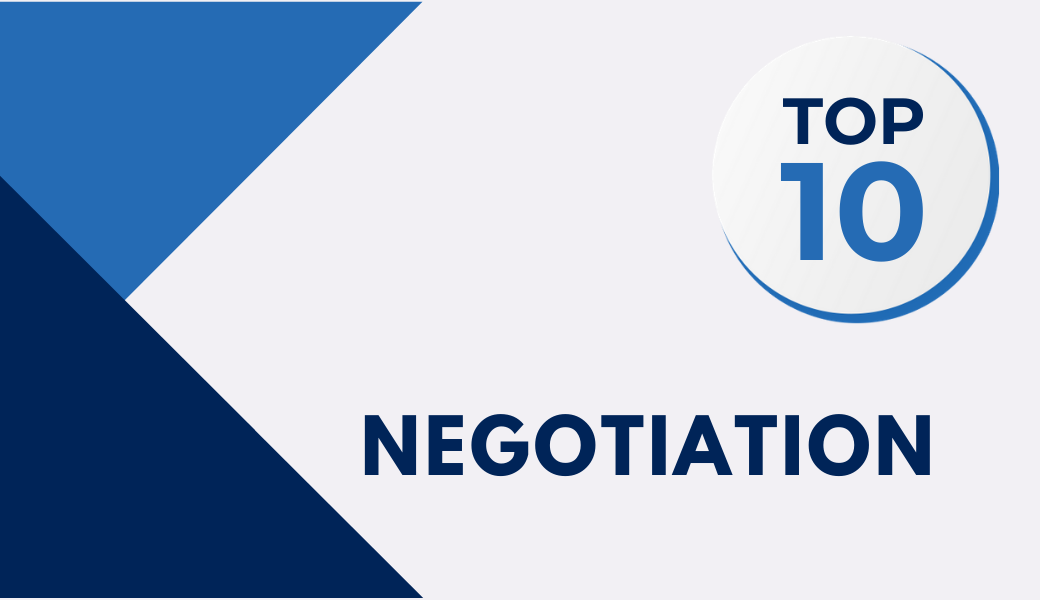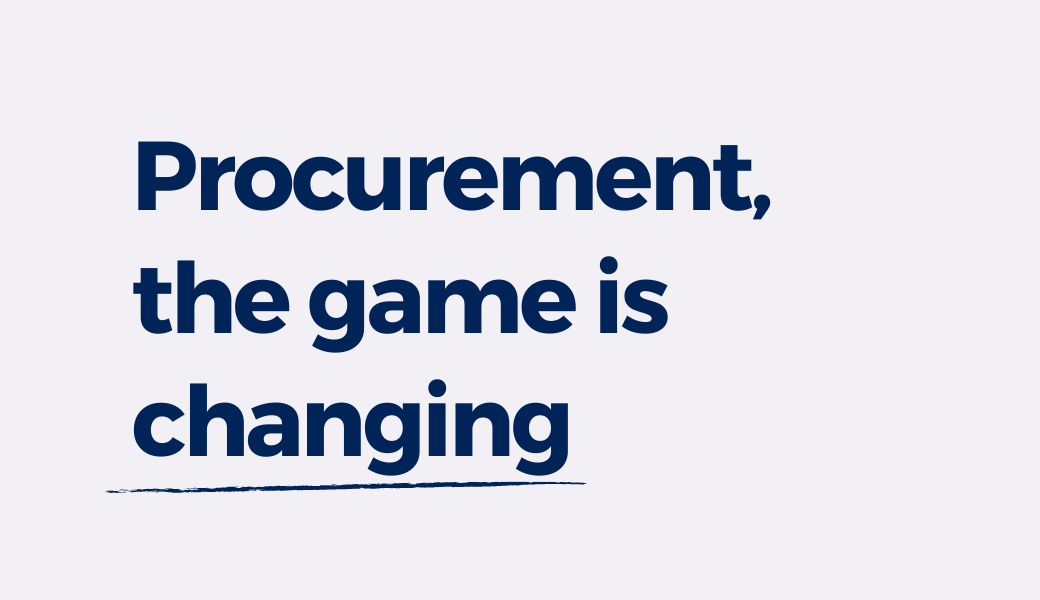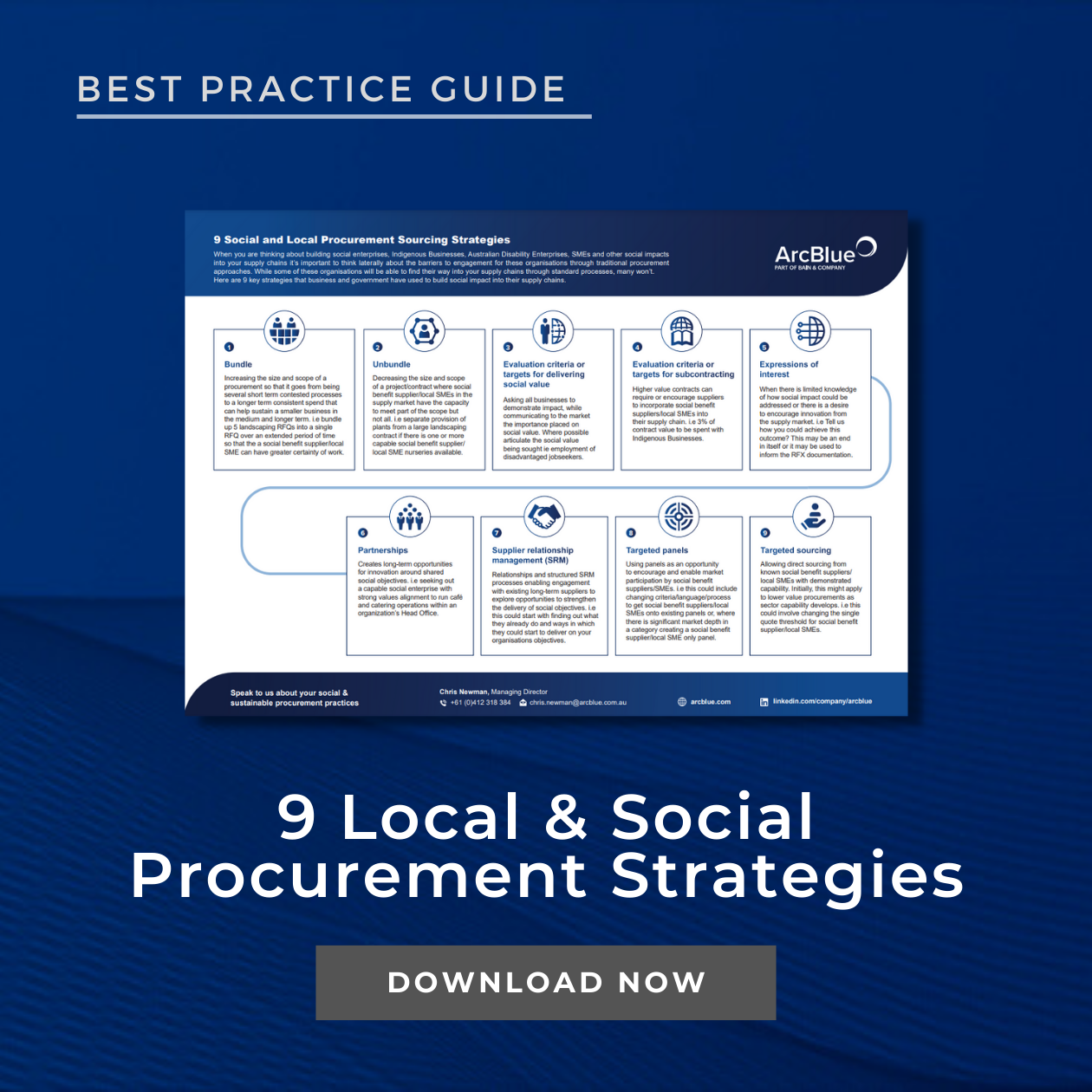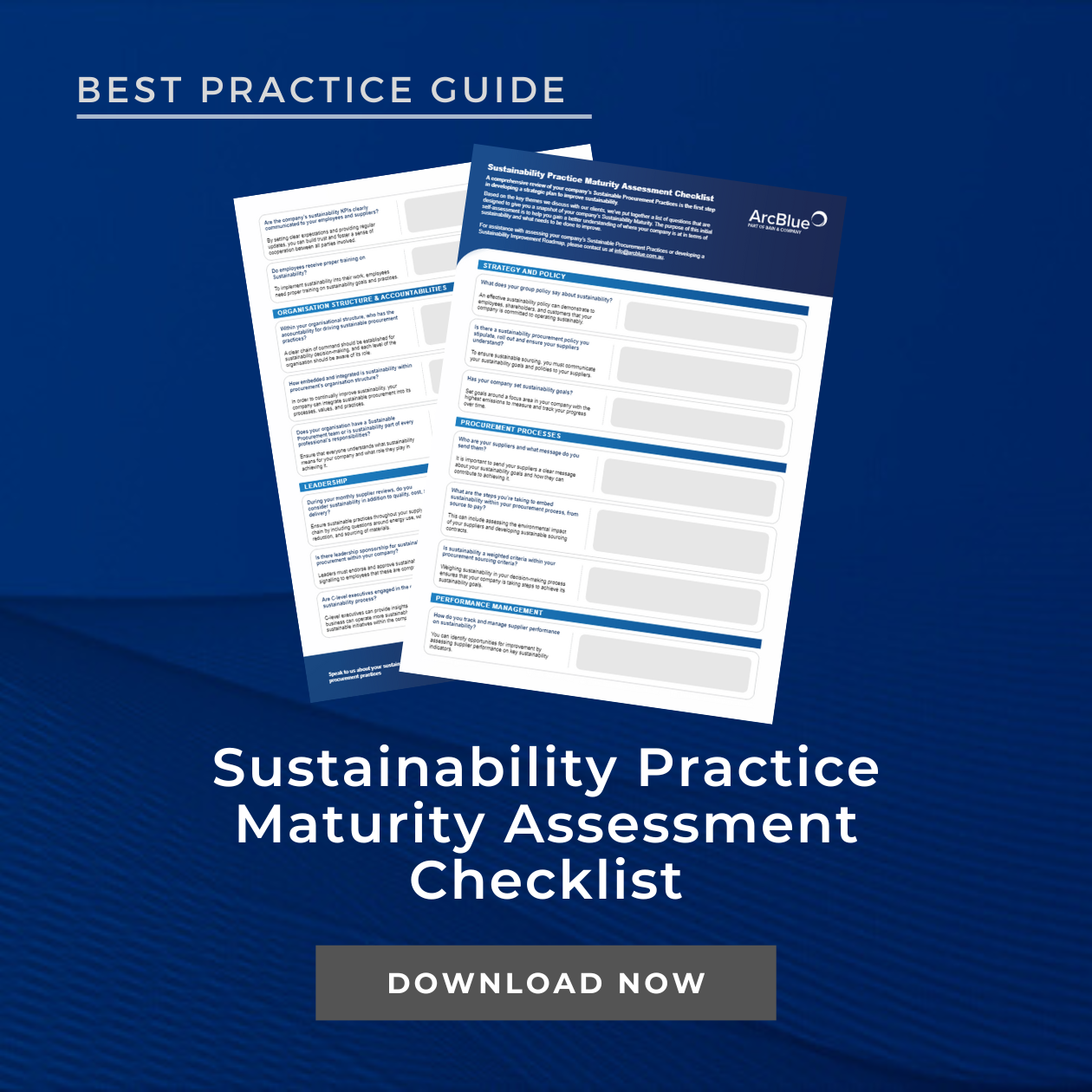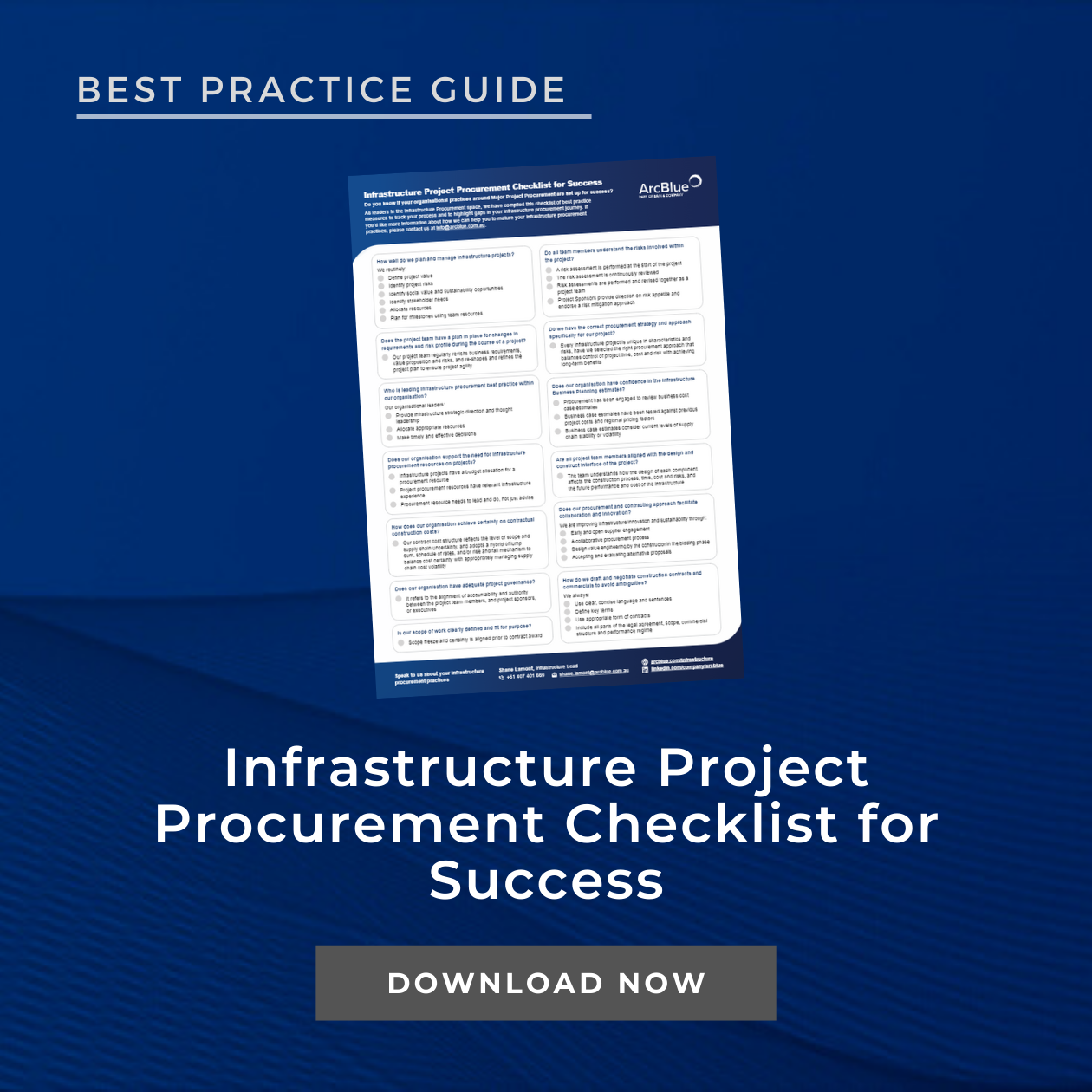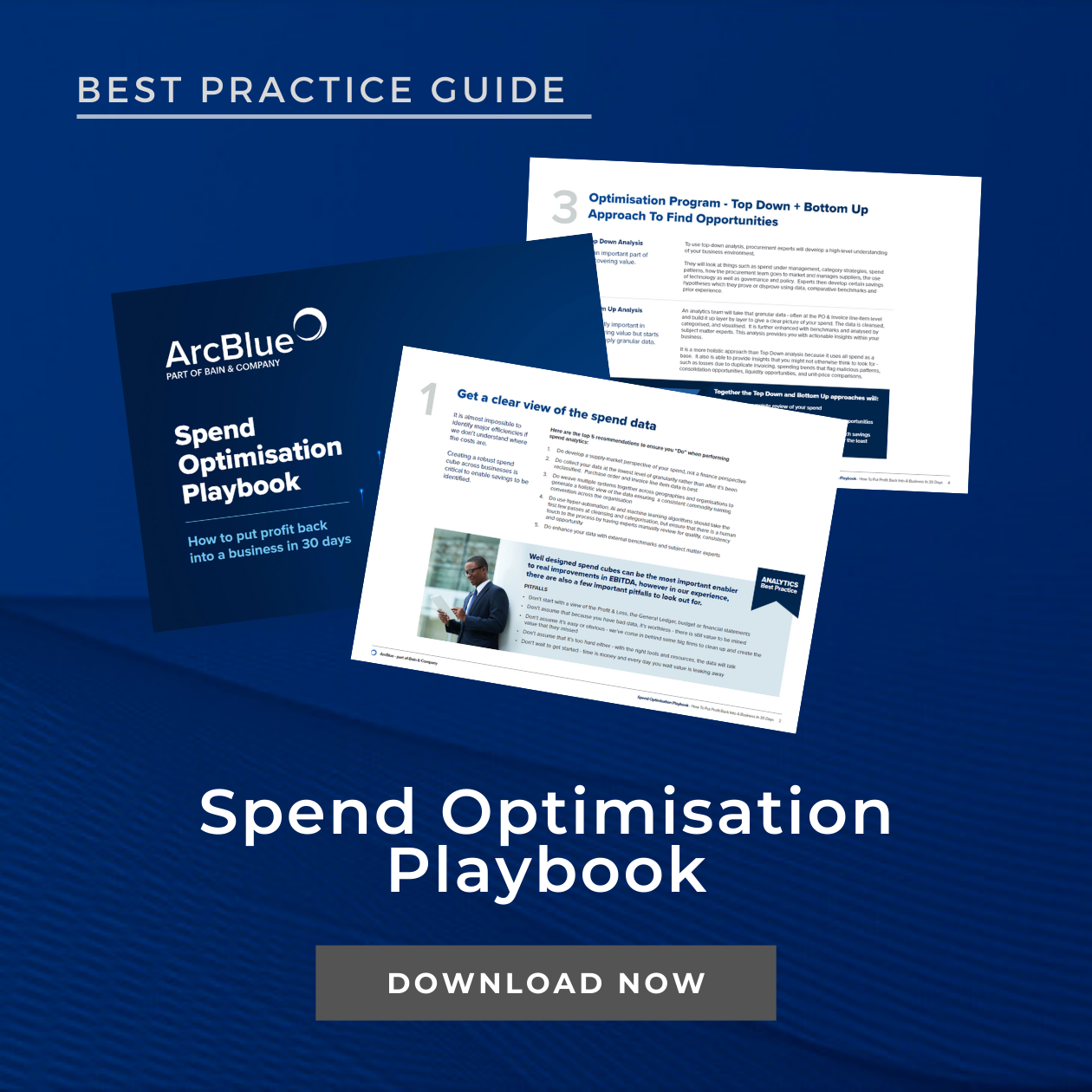- TOP 10 LIST
TOP 10:
Tips for Successful Remote Negotiations
June 2025
Negotiating with suppliers can be a challenging task—especially when done remotely. From reading the virtual room and managing tactics to ensuring technology runs smoothly, remote negotiations require a different level of preparation and awareness.
As remote work becomes more embedded in the way business is conducted, procurement professionals must adapt their negotiation strategies to suit this environment. Here are ArcBlue’s Top 10 Tips to help procurement teams succeed in remote negotiations.
1 Prioritise Thorough Preparation
Preparation is the foundation of any successful negotiation. Following the five P’s—pre-planning prevents poor performance—ensures that all parties are aligned on objectives, boundaries, and roles.
Procurement teams should clearly define their negotiation strategy, identify areas of flexibility, and establish non-negotiables. Understanding the roles of both internal team members and external stakeholders is essential for a coordinated and confident approach.
2 Ensure Technology Is Ready
Technical issues can quickly derail a negotiation. It is essential to test all video conferencing tools in advance, confirm firewall access, and ensure that microphones and cameras are functioning properly.
When teams are co-located, care should be taken to ensure that all participants are visible and audible. Simple tools, such as Post-it notes to mark camera boundaries, can help maintain a professional and inclusive setup.
3 Build Rapport Early
Establishing rapport at the beginning of a remote negotiation helps to create a collaborative tone. Starting with light conversation or identifying shared interests can humanise the interaction and foster trust.
Cameras should always be turned on to support engagement and transparency. Visual presence enhances communication and helps build stronger relationships with suppliers.
4 Eliminate Distractions
To maintain focus, all notifications and pop-ups on devices should be disabled during the negotiation. Distractions can disrupt the flow of conversation and reduce the effectiveness of the discussion.
If self-view becomes a distraction, it may be helpful to turn it off to remain fully present and focused on the negotiation.
5 Rehearse as a team
When negotiating as a team, rehearsal is critical. Practicing key messages, transitions, and responses to potential objections ensures a smooth and unified delivery.
Teams should also agree on internal signals or cues to use discreetly during the session. This preparation helps maintain professionalism and alignment throughout the negotiation.
6 Structure the Negotiation Process
Remote negotiations benefit greatly from a clear structure. Setting an agenda, defining goals, and establishing a timeline helps keep discussions focused and productive.
It is recommended to limit sessions to manageable durations—typically no more than two hours—before scheduling breaks. This approach helps maintain energy and engagement.
7 Manage Internal Communication Carefully
Internal communication during remote negotiations should be handled with caution. Side conversations, whether verbal or via chat, can lead to confusion or unintended disclosures.
Using a separate, secure channel for internal messages is advisable. Avoid using the main meeting chat for private team discussions to prevent accidental sharing of sensitive information.
8 Use Visual Aids Effectively
Visual aids such as slides, shared documents, or digital whiteboards can enhance understanding and support key points. However, they should be used sparingly and strategically to avoid overwhelming participants.
All visual materials should be clear, relevant, and easy to follow, ensuring they complement rather than distract from the conversation.
9 Stay Flexible and Professional
Remote negotiations may encounter unexpected challenges, including technical issues or scheduling conflicts. Maintaining a calm and adaptable approach helps preserve a constructive atmosphere.
Demonstrating professionalism and patience under pressure reinforces credibility and supports long-term relationship building.
10 Focus on the Bigger Picture
Negotiation is just one phase in the broader supplier relationship. The tone and conduct during this stage can influence future collaboration and outcomes.
By approaching negotiations with respect, transparency, and a long-term mindset, procurement professionals can lay the groundwork for sustainable partnerships and value creation.
Remote negotiations are now a standard part of procurement practice. With the right preparation, structure, and mindset, they can be just as effective as in-person discussions.
Author
INSIGHTS
RESOURCES & DOWNLOADS







